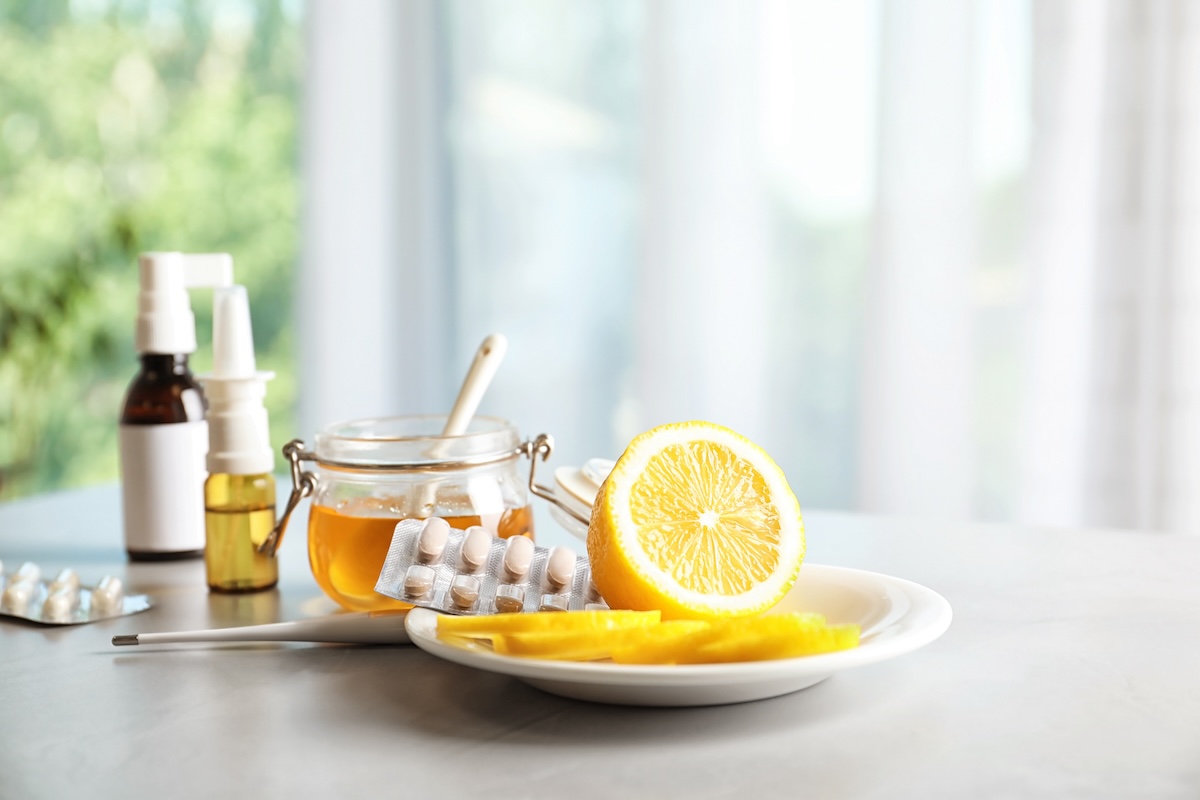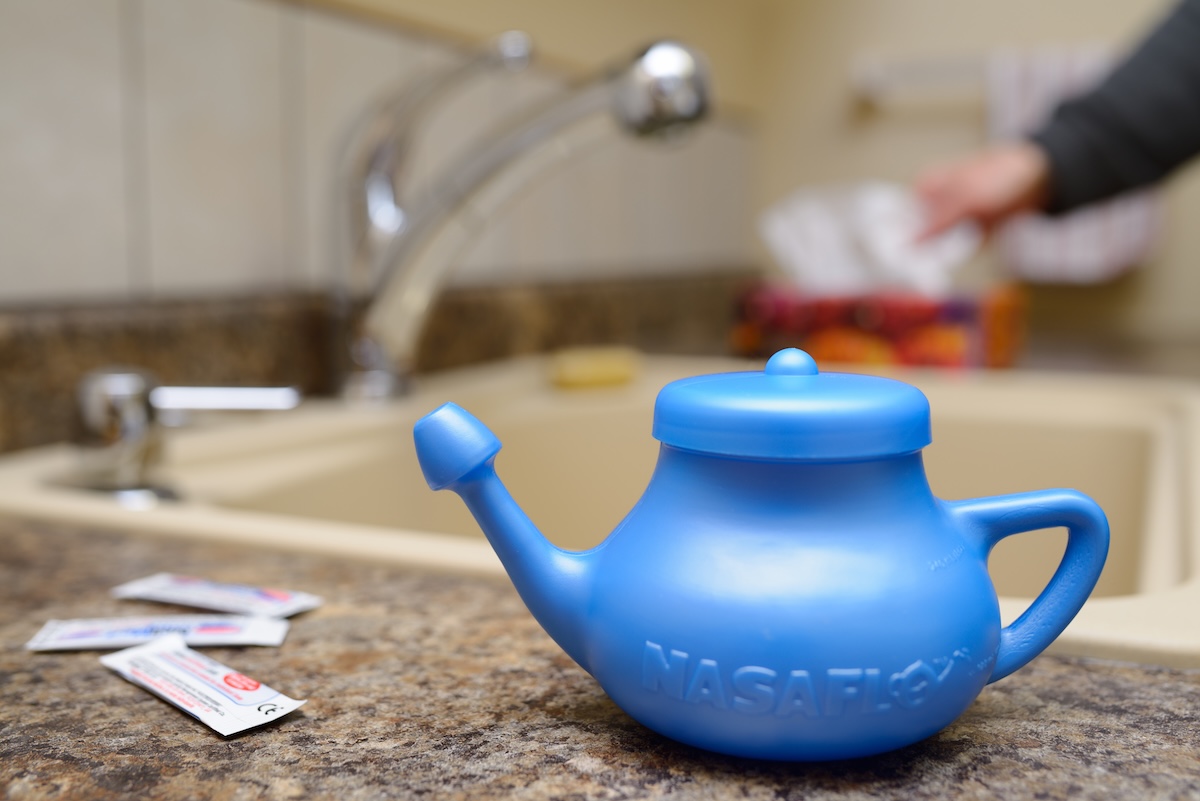When cold and flu season hits, it’s tempting to grab the first box that promises fast relief. But if you have high blood pressure, diabetes, or heart disease, some over-the-counter (OTC) medicines can actually make your symptoms — or your numbers — worse.
Here’s how to choose wisely and stay safe this winter.

The Problem with Common Cold Medicines
Many cold and flu medicines contain decongestants, which work by tightening blood vessels in your nose to clear congestion. The downside? They can also tighten blood vessels throughout your body, raising your blood pressure and blood sugar.
The two most common culprits are:
- Pseudoephedrine (found in “D” or “behind-the-counter” versions)
- Phenylephrine (found in many “PE” or “non-D” products on store shelves)
Both can cause your heart to race and your blood pressure to rise — especially if you’re already on medications for hypertension or diabetes.
Cold & Flu Products to Be Careful With
These popular products often contain pseudoephedrine or phenylephrine:

Safer Options for Symptom Relief
You don’t need to tough it out — there are gentle, effective options that won’t interfere with your blood pressure or blood sugar.
For congestion:
- Saline nasal sprays or rinses like Neti pot (Ocean®, Simply Saline®)- just spray it in your nose, and wash the goo out!
- Steam inhalation or humidifiers- adding natural essences like eucalyptus or rosemary can also help loosen nasal passages.
- A warm shower to loosen mucus- this provides quick relief, but doesn’t last long, and can often lead to moldy showers.
For sore throat or cough:
- Warm tea with honey and lemon (if diabetic, limit to 1–2 teaspoons of honey)
- Sugar-free cough drops or lozenges
- Gargling with warm salt water
For pain or fever:
- Plain acetaminophen (Tylenol®) — safe when used as directed
- Avoid combination products that include decongestants or “multi-symptom” formulas

Read the Label Carefully
Before buying any cold or flu medication:
- Check the active ingredients — look for pseudoephedrine or phenylephrine.
- Watch for “D” or “PE” in the product name.
- Avoid multi-symptom formulas if possible — stick to one ingredient for each symptom.
- Ask the pharmacist if you’re unsure. They can help you find the safest option for your health conditions.
If You Have Diabetes or High Blood Pressure
When you’re sick, your body releases stress hormones that naturally raise blood sugar and blood pressure. Adding decongestants on top of that can worsen those spikes.
- Keep checking your numbers a little more often while you’re ill.
- Rest, hydrate, try gentle home remedies, and stick with mild, single-symptom treatments.
- If your readings stay high (BP above 140/90 or glucose above 180 mg/dL post-meal), check in with your care team.

Bottom Line
Many “fast relief” cold medicines aren’t designed with chronic conditions in mind. But with a little label reading and a few natural alternatives, you can ease your symptoms safely.
Remember:
- If the box says “D” or “PE”, double-check before you take it.
- When in doubt, ask your doctor or pharmacist.
Staying warm, hydrated, and mindful of your blood pressure and glucose will help you feel better — without unwanted side effects.



